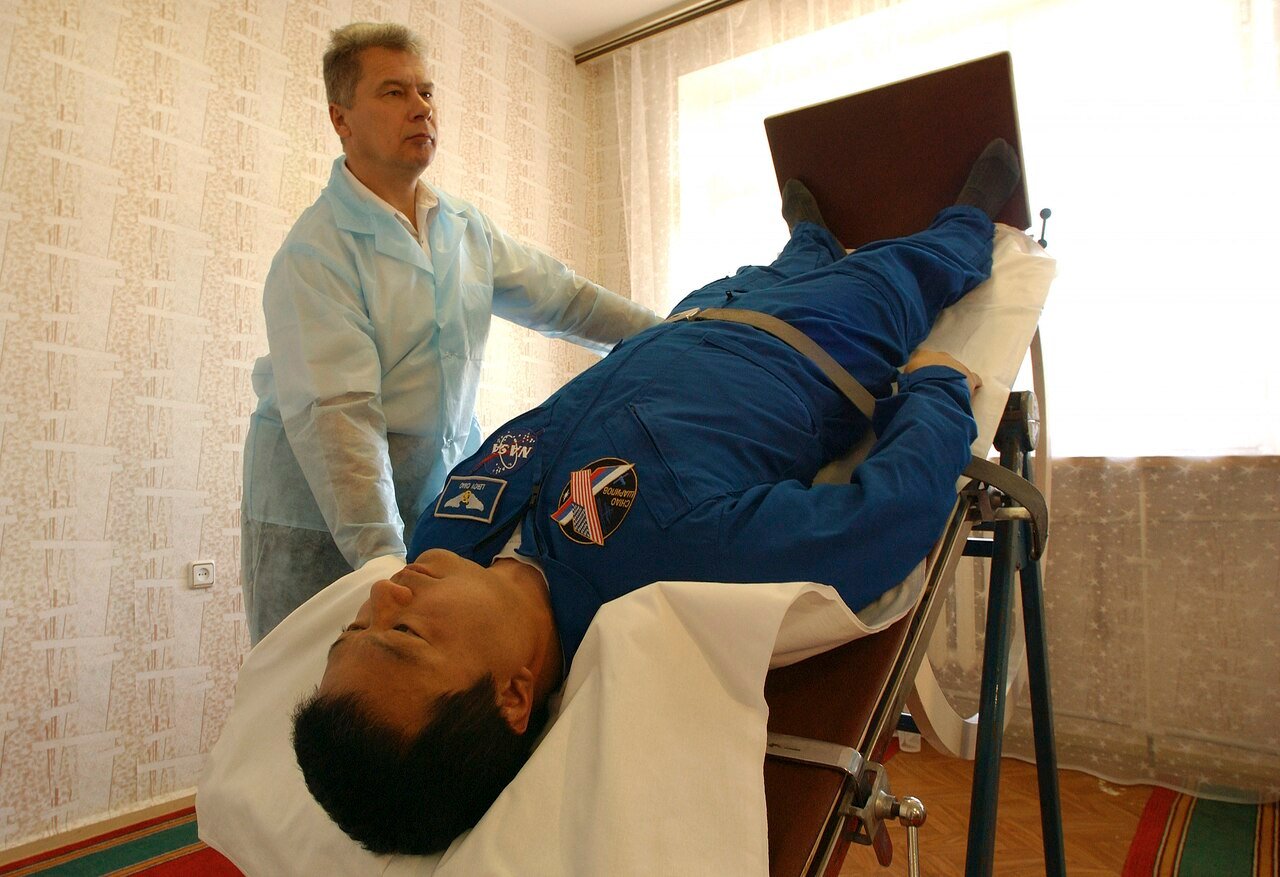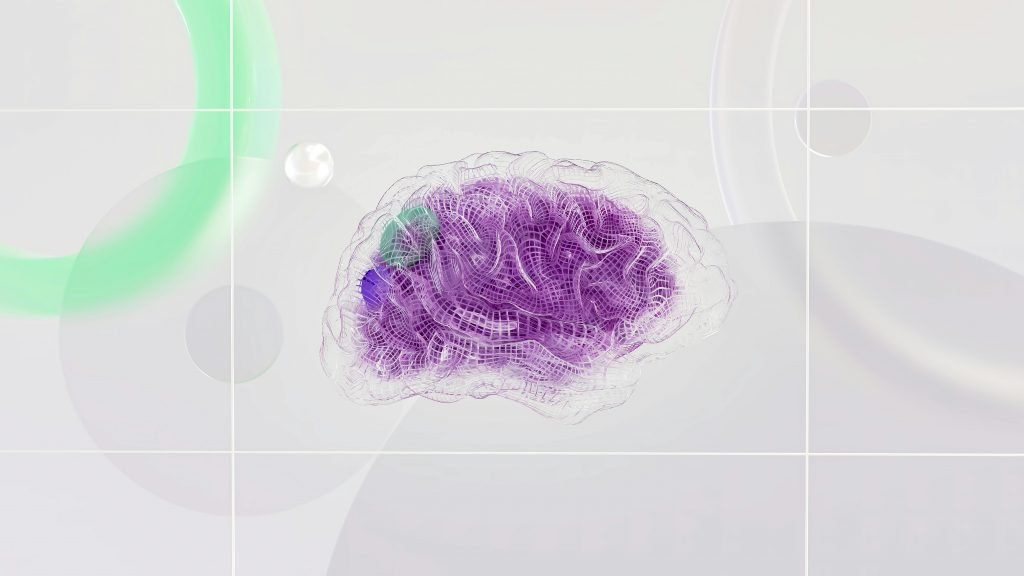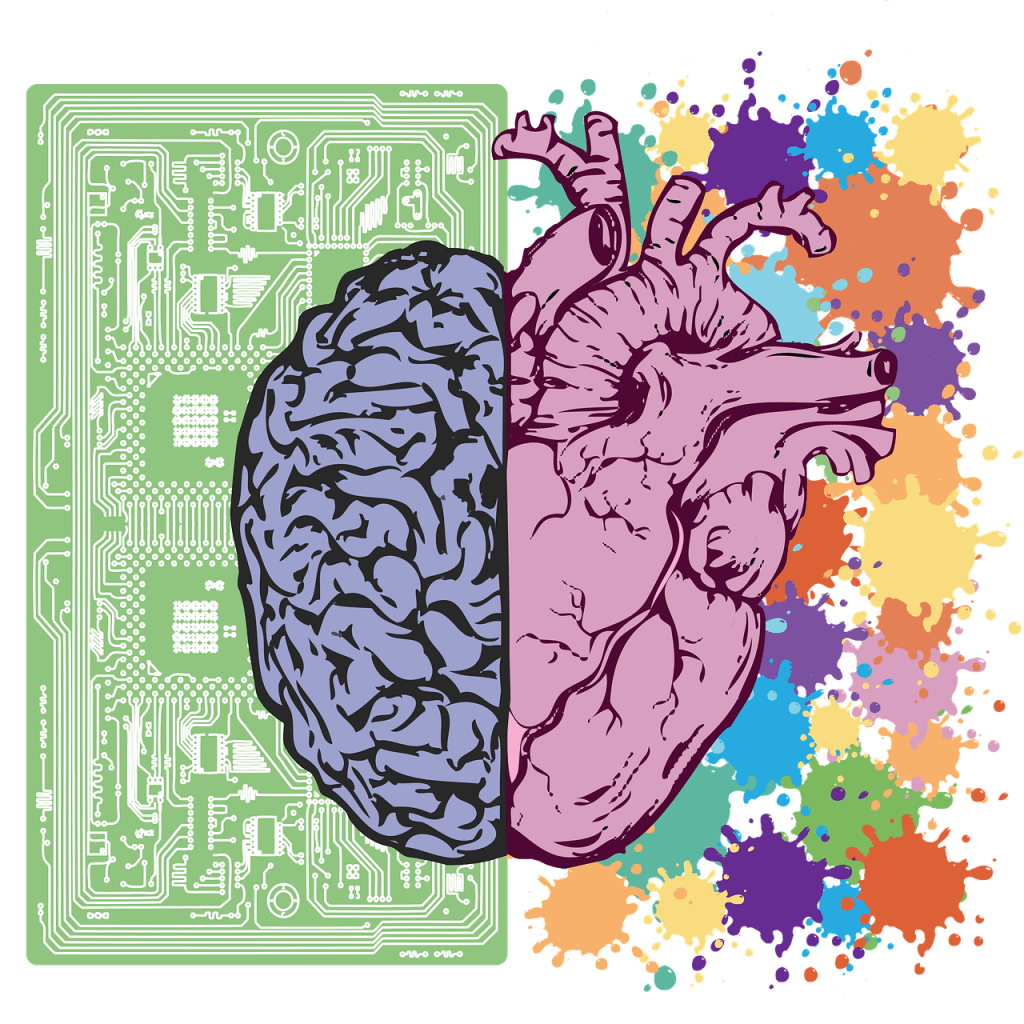Introduction to Secondary POTS
Secondary POTS is a specific classification of Postural Orthostatic Tachycardia Syndrome that arises as a consequence of another underlying medical condition. Unlike primary POTS, which occurs independently, secondary POTS develops due to diseases or disorders that affect the autonomic nervous system. Understanding the nature of secondary POTS is essential for effective diagnosis, treatment, and management, especially for patients already dealing with chronic illnesses.
In this blog post, we will explore the causes, symptoms, diagnosis, and treatment options for secondary POTS. We’ll also examine how conditions like Ehlers-Danlos Syndrome (EDS), autoimmune diseases, and diabetes contribute to the onset of this condition.
Understanding POTS & the Autonomic Nervous System
POTS is a type of dysautonomia, which refers to a dysfunction of the autonomic nervous system (ANS). The ANS controls involuntary bodily functions such as heart rate, blood pressure, digestion, and temperature regulation. In people with POTS, there is a significant increase in heart rate—at least 30 beats per minute in adults—within 10 minutes of standing, without a corresponding drop in blood pressure.
Secondary POTS fits within this spectrum, but it is always associated with another primary health condition that disrupts autonomic regulation.
Causes of Secondary POTS
Secondary POTS is often linked to various chronic diseases and physiological changes that interfere with the normal functioning of the autonomic nervous system. Some of the most common underlying causes include:
Ehlers-Danlos Syndrome (EDS)
EDS is a group of connective tissue disorders that can lead to joint hypermobility, skin elasticity, and tissue fragility. Many people with EDS also develop POTS, likely due to abnormal blood vessel elasticity, which impairs circulation and triggers orthostatic intolerance.

Autoimmune Disorders
Conditions like Sjögren’s syndrome, lupus, and rheumatoid arthritis can cause immune-mediated damage to the autonomic nerves, leading to symptoms of POTS.
Diabetes Mellitus
Diabetes, particularly when poorly controlled, can lead to diabetic autonomic neuropathy. This nerve damage may disrupt cardiovascular reflexes and contribute to the development of POTS.
Sarcoidosis and Amyloidosis
These inflammatory and protein-depositing diseases can infiltrate autonomic ganglia, impairing normal autonomic function.
Lyme Disease and Chronic Infections
Post-infectious autoimmune responses or direct nerve damage from infections can trigger secondary POTS symptoms.
Chemotherapy or Cancer Treatments
Some cancer therapies are known to damage autonomic nerve fibers, potentially resulting in POTS symptoms.
Symptoms of Secondary POTS
While the core symptoms of POTS—like tachycardia upon standing—are present, secondary POTS may include additional symptoms related to the underlying illness. Common symptoms include:
- Rapid heart rate when standing
- Lightheadedness or dizziness
- Fatigue and exercise intolerance
- Brain fog and difficulty concentrating
- Nausea or gastrointestinal upset
- Temperature regulation issues
- Excessive sweating or cold extremities
- Palpitations or chest discomfort
These symptoms can fluctuate in severity and may worsen with heat, dehydration, or prolonged standing.
Diagnosing Secondary POTS
Diagnosis of secondary POTS requires identifying both the orthostatic intolerance and the underlying health condition contributing to autonomic dysfunction.
Clinical History and Physical Examination
A thorough history, including symptom duration, pattern, and family history of related conditions like EDS, is vital.
Tilt Table Test
This diagnostic test monitors changes in heart rate and blood pressure during changes in posture. An increase of 30 bpm within 10 minutes of standing confirms a POTS diagnosis.

Autonomic Testing
Tests like the Valsalva maneuver and QSART (Quantitative Sudomotor Axon Reflex Test) can evaluate autonomic function more broadly.
Laboratory Workup
Blood tests may be ordered to assess for autoimmune markers, glucose levels, or evidence of infection. Genetic testing may be used to confirm connective tissue disorders like EDS.
Managing Secondary POTS
Effective treatment requires addressing both the autonomic dysfunction and the root cause of secondary POTS.
Treating the Underlying Condition
- EDS: Physical therapy, joint stabilization, and cardiovascular conditioning are often recommended.
- Autoimmune diseases: Immunosuppressive therapy may be necessary.
- Diabetes: Better blood sugar control can help reduce neuropathy.
Lifestyle Modifications
- Hydration and Salt: Increased fluid intake and a high-sodium diet can help expand blood volume and improve circulation.
- Exercise: A structured, recumbent exercise program can improve cardiovascular tone without worsening symptoms.
- Compression Garments: These can aid venous return and reduce blood pooling in the lower extremities.
- Diet: Anti-inflammatory and low-glycemic diets may benefit those with autoimmune or metabolic contributors.
Medications
Medications should be tailored to the individual and may include:
- Beta blockers: To control heart rate.
- Fludrocortisone: To retain sodium and expand blood volume.
- Midodrine: A vasoconstrictor that helps with blood pressure regulation.
- Pyridostigmine: Enhances parasympathetic nervous system activity.

Living with Secondary POTS
Living with secondary POTS can be challenging, but many patients find relief through a multidisciplinary treatment approach.
Mental Health Support
Chronic illness can affect mental well-being. Cognitive behavioral therapy (CBT), mindfulness, and counseling are valuable resources.
Support Networks
Joining support groups like those from Dysautonomia International or Ehlers-Danlos Society can offer community and validation.
Monitoring and Adaptation
Symptom diaries and wearable heart monitors can help track progress and adapt treatments as needed.
Frequently Asked Questions
Is secondary POTS reversible?
If the underlying condition is treatable, symptoms may improve significantly. However, some individuals may experience long-term symptoms.
Can secondary POTS develop into primary POTS?
Not typically. The classification depends on whether an underlying cause is present. If the root cause is resolved, and symptoms persist, reclassification may be considered.
Does everyone with EDS get POTS?
Not everyone, but studies show a strong association. Up to 50% of people with hypermobile EDS may experience some form of orthostatic intolerance.
Conclusion
Secondary POTS is a complex but manageable form of dysautonomia that arises due to an underlying medical condition. By understanding its causes—especially links to disorders like Ehlers-Danlos Syndrome, diabetes, and autoimmune diseases—patients and providers can pursue more targeted treatments. With the right combination of lifestyle strategies, medical therapies, and support, individuals with secondary POTS can experience improved quality of life.




